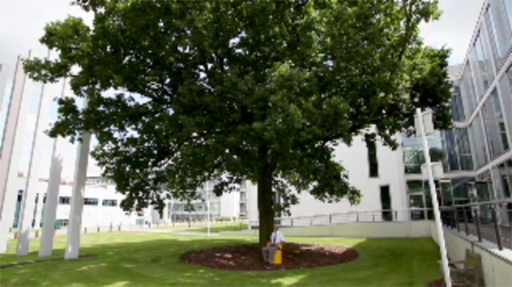Scales in space and time
Introduction
In science, people encounter a huge range of scales both in space and time. These scales can be difficult to appreciate because they are beyond the range that the human body can perceive. For example, it is possible to measure timescales that are much longer than a person will ever live, and items that are far too small to see. In this short course, to deepen your appreciation of scales, you will explore both familiar scales and the extremes of what humans can measure.
Across multiple scientific disciplines, from biology and chemistry to physics and geology, time scales are explored that include ages, durations and rates, and size scales including distances in three dimensions, which underpin areas and volumes. In this short course, you will use an interactive ‘size–time explorer’ tool to help you get to grips with these ideas, and at the same time you will learn about the interconnections between multiple science disciplines.
An oak tree is a central feature in the size–time explorer. In the video below, different scientists introduce themselves and discuss how their subject area relates to an oak tree, at the same time talking about some of the different scales at which they work.

Transcript
[MUSIC PLAYING]
[MUSIC PLAYING
This OpenLearn course is an adapted extract from the Open University course S112 Science: concepts and practice [Tip: hold Ctrl and click a link to open it in a new tab. (Hide tip)] .
